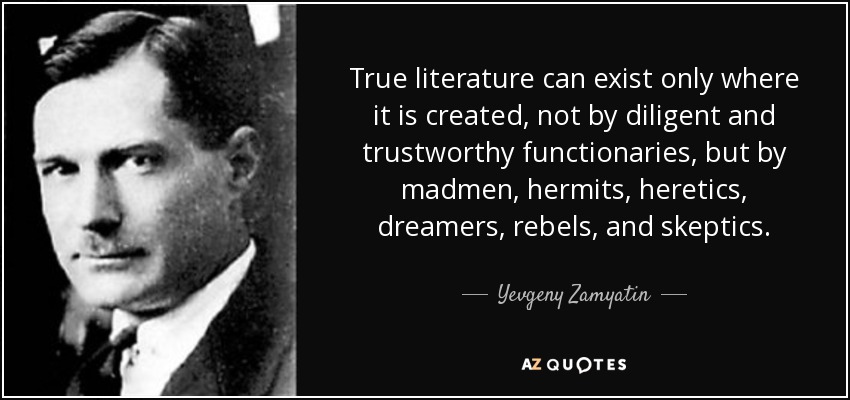I seem to be on a roll this year with finding books that I absolutely adore, and The Space Between Worlds is no exception. Published in 2020, it’s the first novel by Micaiah Johnson, a writer I expect to hear more about in the near future. What impressed me about this work is just how largely ambitious it is, in that it can be viewed in a multitude of ways. On the one hand, it’s an epic novel with incredible world-building (actually worlds, but more on that in a bit) and political uprisings with far-reaching consequences. But in another sense, this is a deeply intimate novel about personal identity, relationships, and navigating structures of power as an outsider. While at its heart, The Space Between Worlds is a work about identity: where we come from, how we see ourselves, how we see others, and who we truly want to be. In just over 300 pages, The Space Between Worlds manages to accomplish all of these narratives while being an enjoyable science fiction romp.
On a post-apocalyptic Earth, The Eldridge Institute and its CEO, Adam Bosch, have discovered a way to break into the multiverse. The technology, however, is limited to only the closest 400 worlds–all quite similar, just slightly different paths taken. While travelling to a world is instantaneous, it does come with a catch. People can only survive the journey if that world’s version of them has already died.
This makes someone like our protagonist Cara, who is dead on 372 of these worlds, extremely valuable. Cara is a traverser, someone employed by the Eldridge Institute to travel to the various worlds to gather information. This job is a lucky break for her, as Cara comes from Ashtown, a place of extreme violence and poverty. Now that she is such a valuable commodity, Cara lives in the neighboring Wiley City, which has the benefits of clean air, great healthcare, and good food. It’s a life Cara never thought she could have; however, she has four more years on her work visa before she can apply for citizen status. Also, Cara has a secret that could shatter her life forever if it’s discovered.
This Cara is actually not this world’s Cara: she’s from another world, one in which she is trying to escape an abusive relationship with the Emperor of her Ashtown. Taking the place of the Cara who traversed to her world by mistake, our protagonist is determined to not let anyone discover her true identity. During one journey, Cara nearly dies and stumbles into a revolution while discovering that her generous benefactor, Adam Bosch, is hiding some secrets of his own.
“They say hunting monsters will turn you into one. That isn’t what’s happening now. Sometimes to kill a dragon, you have to remember that you breath fire too. This isn’t a becoming; its a revealing. I’ve been a monster all along.”
The Space Between Worlds is a title with multiple meanings, interested in exploring those delicate boundaries, borders, and interstices in many different senses. There are the gulfs that divide communities, such as the haves of Wiley City to the have-nots of Ashtown. There is also the division between worlds, how slight changes effect the outcomes of those Earths. The title is also a reflection on personal relationships, as indicated by Cara’s connection to her handler, Dell.
Cara’s relationship with Dell is a complex one. Cara is attracted to Dell and has gotten to the point of having real feelings for her. However, she believes there can be no romantic relationship between them due to the gulf of class that separates them. Cara believes Dell has no interest in her whatsoever. However, Dell is one of the few people who is always there for Cara when she needs support–and in other worlds, the two have been lovers. It really is quite complicated, more so than Cara’s relationship with Nik Nik, emperor of Ashtown, whom she remembers as a man who loved her but also abused her.
The Space Between Worlds is rich in both its world-building and characters. As a work of science fiction, it is fascinating, complicated, and contains enough self-awareness to realize a complex novel can have no simple ending. However, the conclusion is a deep-rooted and satisfying one. I look forward to traversing future worlds created by Micaiah Johnson.







